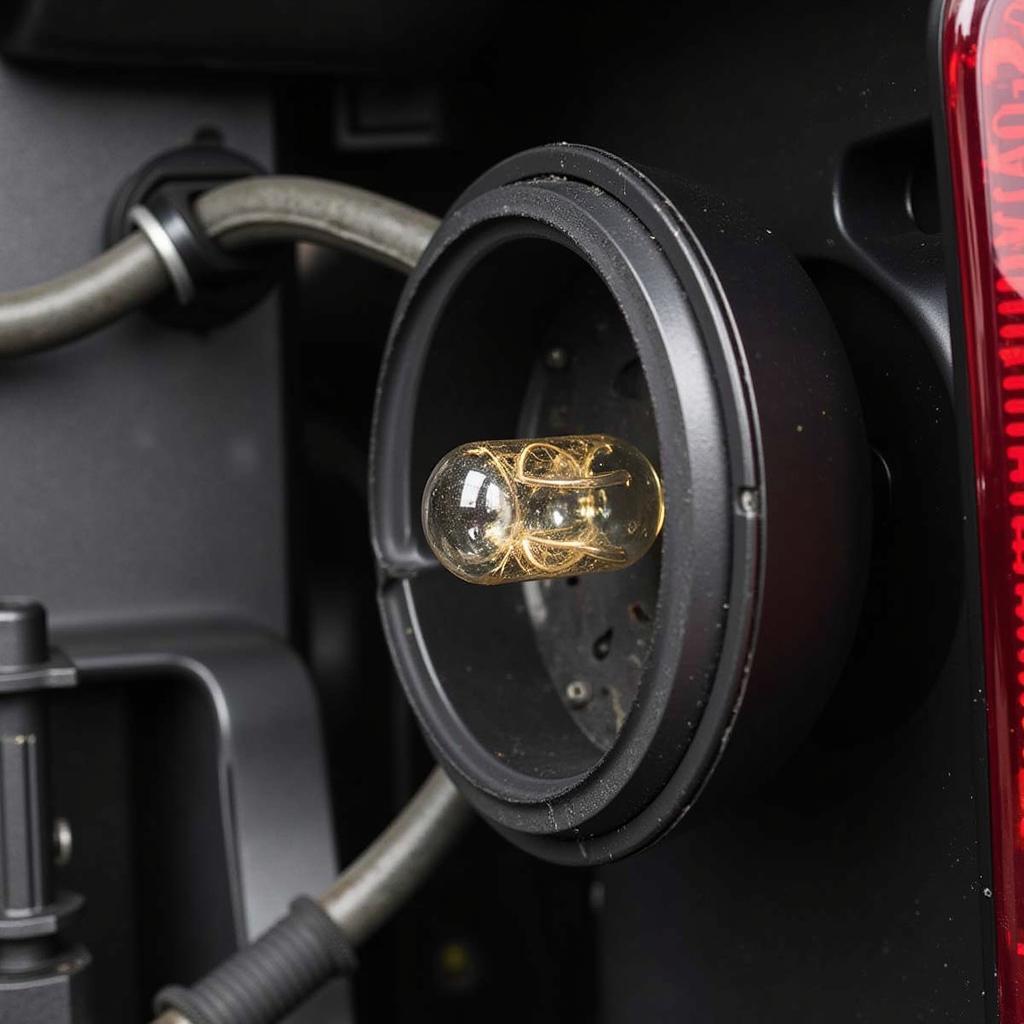You turn the key in the ignition, but instead of the satisfying roar of your engine, you’re met with a disheartening click. Your first instinct might be to blame the battery, but what if it’s actually your alternator? Many car owners struggle to differentiate between the two. This article will equip you with the knowledge to recognize the telltale signs it’s the alternator, not the battery, that’s causing your car troubles.
Understanding the Alternator vs. Battery Roles
Before delving into the warning signs, it’s crucial to understand the fundamental roles of both the battery and alternator:
- Battery: Think of your car battery as the initial spark of life. It provides the jolt of electricity needed to start your engine. It also powers electrical components when the engine is off or idling.
- Alternator: Once the engine roars to life, the alternator takes over. This hardworking component continuously generates electricity to power your car’s electrical systems (headlights, radio, power windows) while simultaneously recharging the battery.
Essentially, the battery is responsible for the initial start, while the alternator keeps everything running and replenishes the battery’s charge.
Signs It’s the Alternator, Not the Battery
Now, let’s examine the key indicators that suggest your alternator might be on its last legs:
1. Dimming or Flickering Lights
One of the first signs of a failing alternator is dimming or flickering headlights, interior lights, or dashboard lights. If you notice your lights becoming weaker, especially when accelerating or using other electrical components, it’s a strong indicator that your alternator is struggling to keep up with the electrical demand.
2. Warning Light on Your Dashboard
Most modern vehicles have a dedicated battery warning light on the dashboard. This light, often shaped like a battery or with “ALT” or “GEN” inscribed, illuminates when the alternator fails to charge the battery adequately. Ignore this warning at your own peril, as it signifies a potentially serious electrical issue.
3. Strange Noises
The alternator houses various moving parts, including bearings and brushes. As these components wear down, they can produce whining, grinding, or growling noises, particularly when the engine is running.
4. Difficulty Starting or Frequent Jump Starts
While a dead battery can certainly cause starting problems, a failing alternator can lead to the same frustrating experience. Since the alternator is responsible for recharging the battery, a faulty one won’t replenish the battery’s charge, resulting in difficulty starting or requiring frequent jump starts. If you find yourself constantly relying on jumper cables, it’s a clear signal that your alternator needs attention.
5. The Smell of Burning Rubber
A failing alternator can emit a distinct burning rubber smell due to the slipping drive belt or overheating internal components. If you detect this pungent odor, it’s essential to investigate the issue promptly, as ignoring it could lead to further damage.
6. Electronic Malfunctions
Since the alternator powers all the electrical components in your vehicle, a failing one can cause a range of electronic malfunctions. You might experience issues with your power windows, radio, power seats, or even your car’s computer system.
What to Do if You Suspect Alternator Problems
If you recognize any of the signs mentioned above, it’s crucial to address the issue immediately. Driving with a failing alternator can lead to complete electrical failure, leaving you stranded.
- Safety First: If your car stalls or you experience multiple warning signs, safely pull over to the side of the road and contact a qualified mechanic.
- Professional Diagnosis: While the symptoms listed above often point to alternator issues, it’s crucial to get a professional diagnosis from a qualified mechanic. They have the tools and expertise to pinpoint the exact problem.
- Avoid Further Damage: Continuing to drive with a faulty alternator can cause damage to other electrical components, leading to more extensive and costly repairs.
Conclusion
Recognizing the “signs it’s the alternator, not the battery” can save you time, money, and potential headaches down the road. By understanding the vital role your alternator plays and paying attention to the warning signs, you can address any issues promptly and keep your vehicle running smoothly. Remember, a little preventative maintenance can go a long way in ensuring the longevity of your car’s electrical system.

